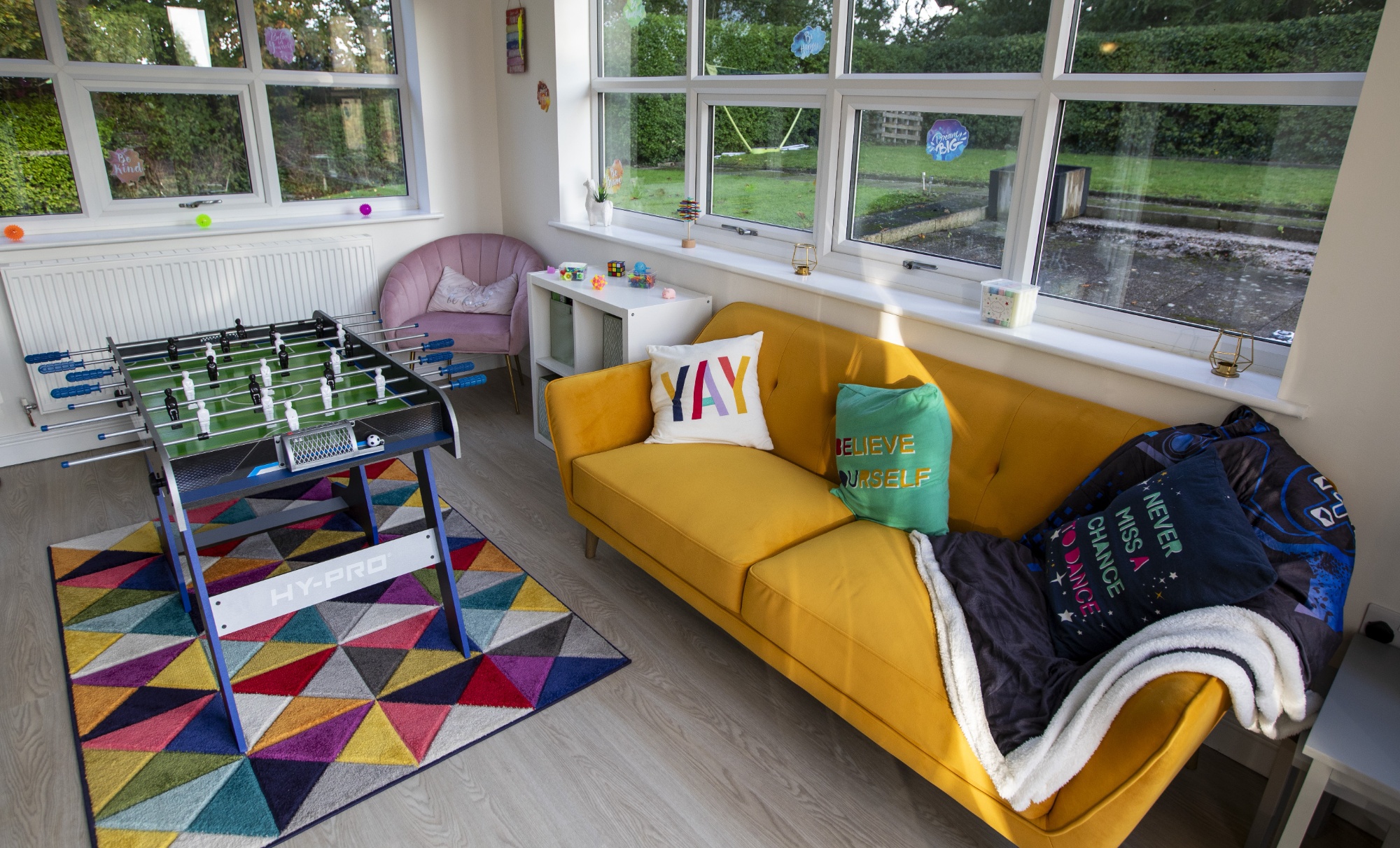Our assessment homes
What are our assessment homes like?
Most homes are situated in beautiful, rural areas, allowing young people to take a step back from their day-to-day reality and reflect on their feelings and behaviours.
Each home accommodates 2 young people on a 2:1 staffing ratio, which enables us to give them the dedicated focus they need.
Where do children live after their assessment period? 
A young person’s next steps will depend on their specific needs. In many cases, they’ll move into one of our solo or group homes. Alternatively, the next step could be a foster care placement or reunification with their family.
When a young person moves to an Esland home, our assessment and home teams work closely to put together a detailed transition plan for them.
The plan will include several meetings with their new carers, so they can get to know them and feel more confident when they eventually move into their new setting.
The process also helps the assessment team give the new carers an understanding of the young person’s likes, dislikes, and characteristics, to make sure they receive a consistent approach to their care that’s completely bespoke to them.
What makes our assessment homes unique? 
Our assessment homes are truly transformative. They ensure a young person has a safe and secure home, access to education and outdoor activities, as well as the pathways to a better, brighter future.
It’s the blending of all these elements that makes them unique and so effective.
And it’s why we’re opening more assessment homes, so that we can make a difference to more young people in crisis around the country.
Take a look at our case study...





